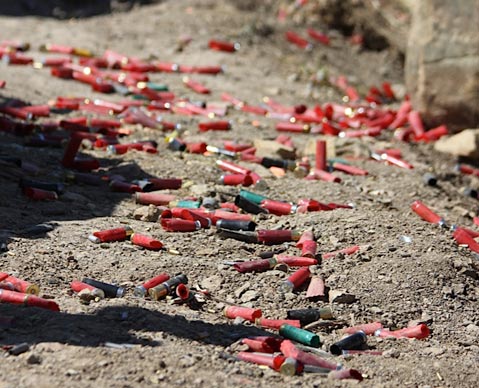California Bans Lead Ammo
Concerns Over Condor Drive State to Be Country's First to Phase Out Traditional Ammunition

Governor Jerry Brown today signed landmark legislation to ban the use of lead-based ammunition throughout the state of California, with the prohibition going into full effect by the middle of 2019. The bill — authored by Anthony Rendon, a Democrat from South Gate, and co-sponsored by Santa Barbara’s Democratic Assemblymember Das Williams — was introduced due to lead’s impact on the health of wildlife, particularly the endangered California condor, whose populations are still suffering from lead poisoning despite the ammo being banned in its range since 2008. There are also concerns about its eventual impact on human health as well.
“The risks to California’s incredibly diverse wildlife are many,” Brown wrote upon signing the law. “We must manage our state’s wildlife for the use and enjoyment of all Californians. It is time to begin this transition and provide hunters with ammunition that will allow them to continue the conservation heritage of California.” Brown also included language that, if the federal government ever bans other forms of ammo — like copper — would allow the state ban to be lifted.
Many hunters — 247,000 of whom were registered in California last year — were wary of the bill because non-lead ammo is more expensive to buy. With a statewide ban, however, there is a possibility that nonlead ammo will eventually decrease in price. Almost all popular ammo was lead until 1991 when the U.S. Fish and Wildlife Service banned lead ammunition in the hunting of waterfowl, making way for more than a dozen lead-free ammunition types available across 35 calibers and 51 rifle cartridge designations.
Earlier this year, a team of scientists, doctors, and public health experts released a statement through the University of California’s online publication system decrying lead’s toxic effects on humans and wildlife, and wondering why lead ammunition — in their estimation, the biggest source of lead added to the environment — is still legal when products like paint, gasoline, and kids’ toys have become lead-free. According to the Center for Biological Diversity, lead is hazardous to people and animals at any level, as poisoning can impair growth, inflict neurological damage, and cause death.



